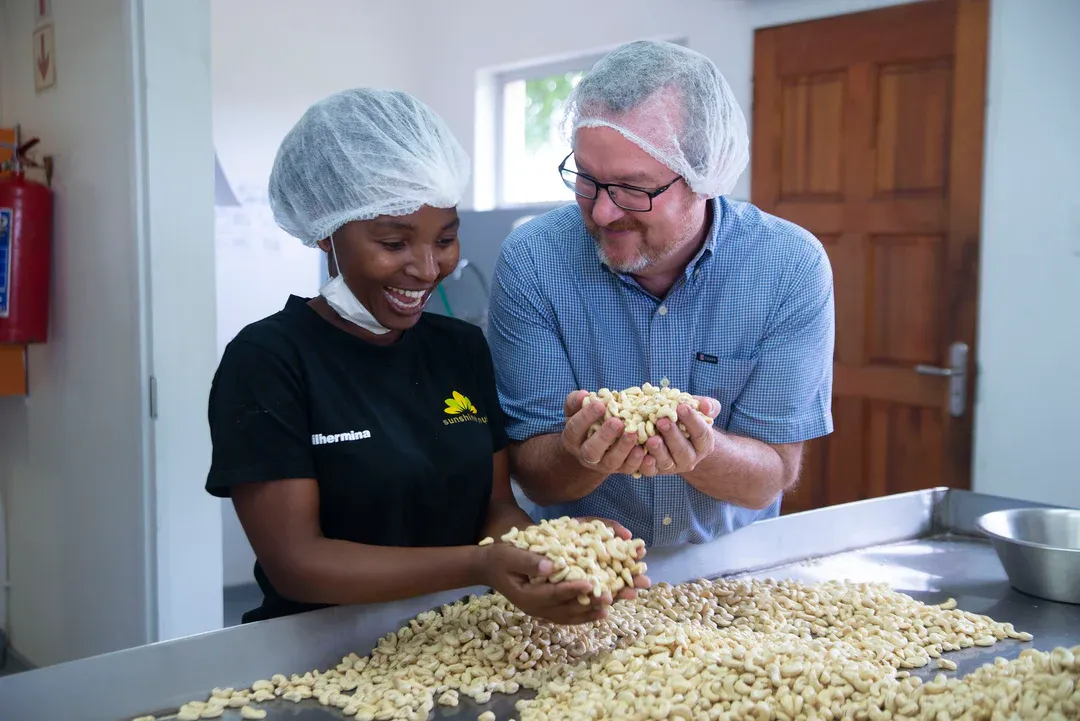
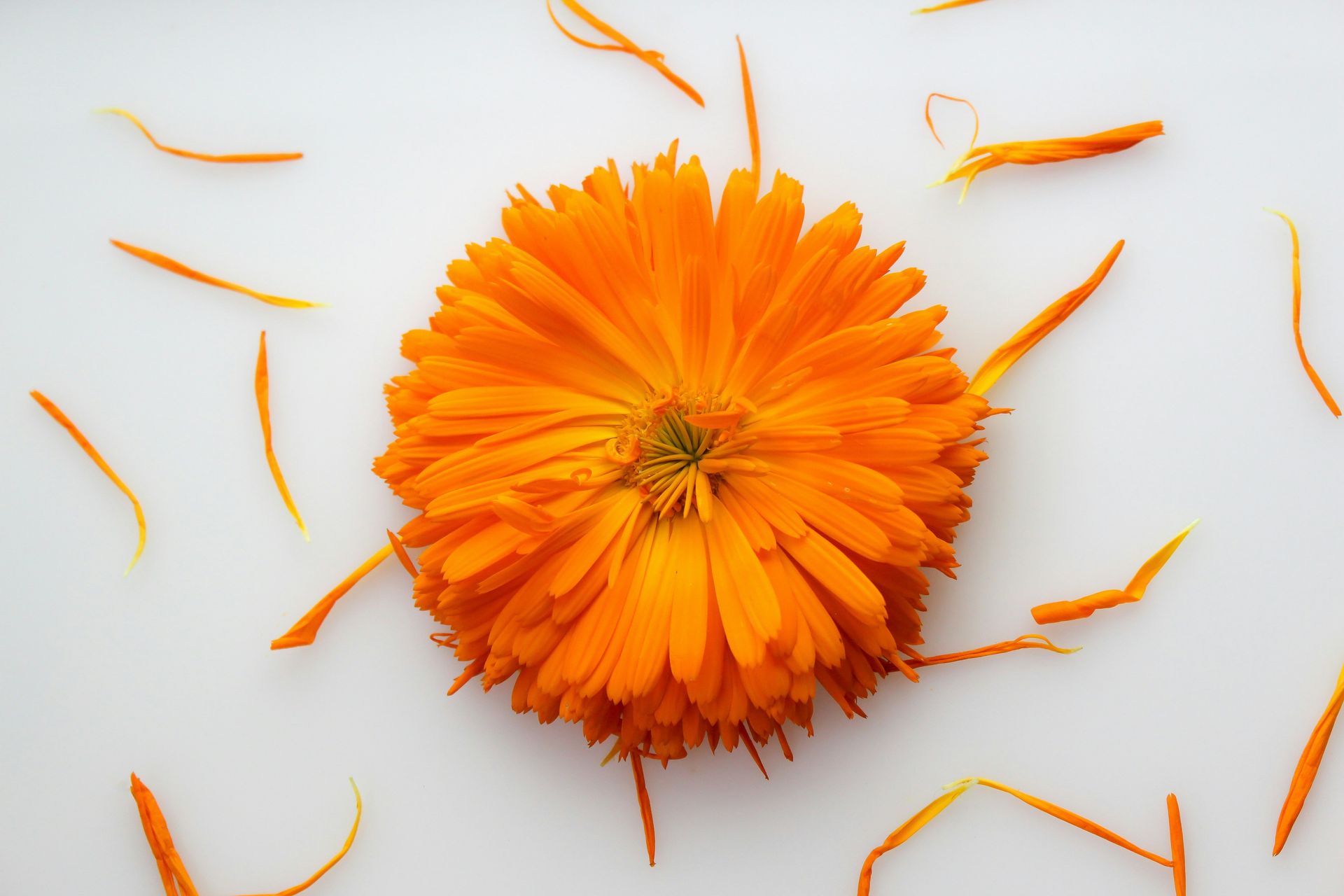
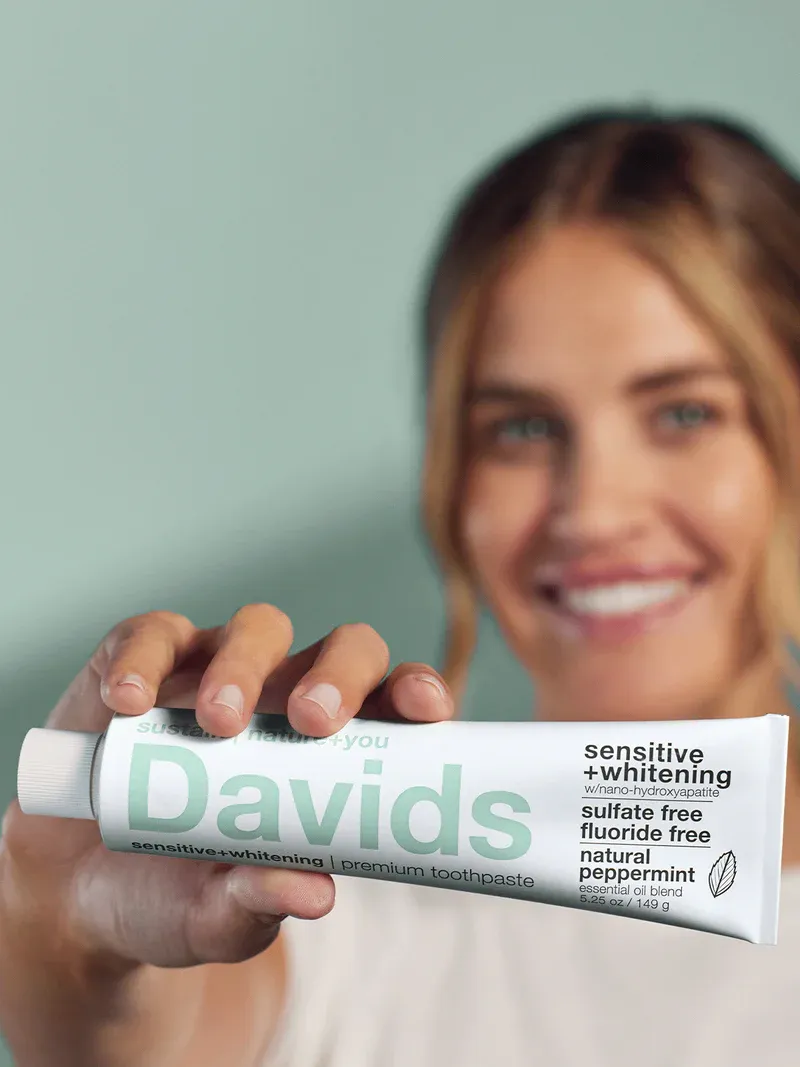


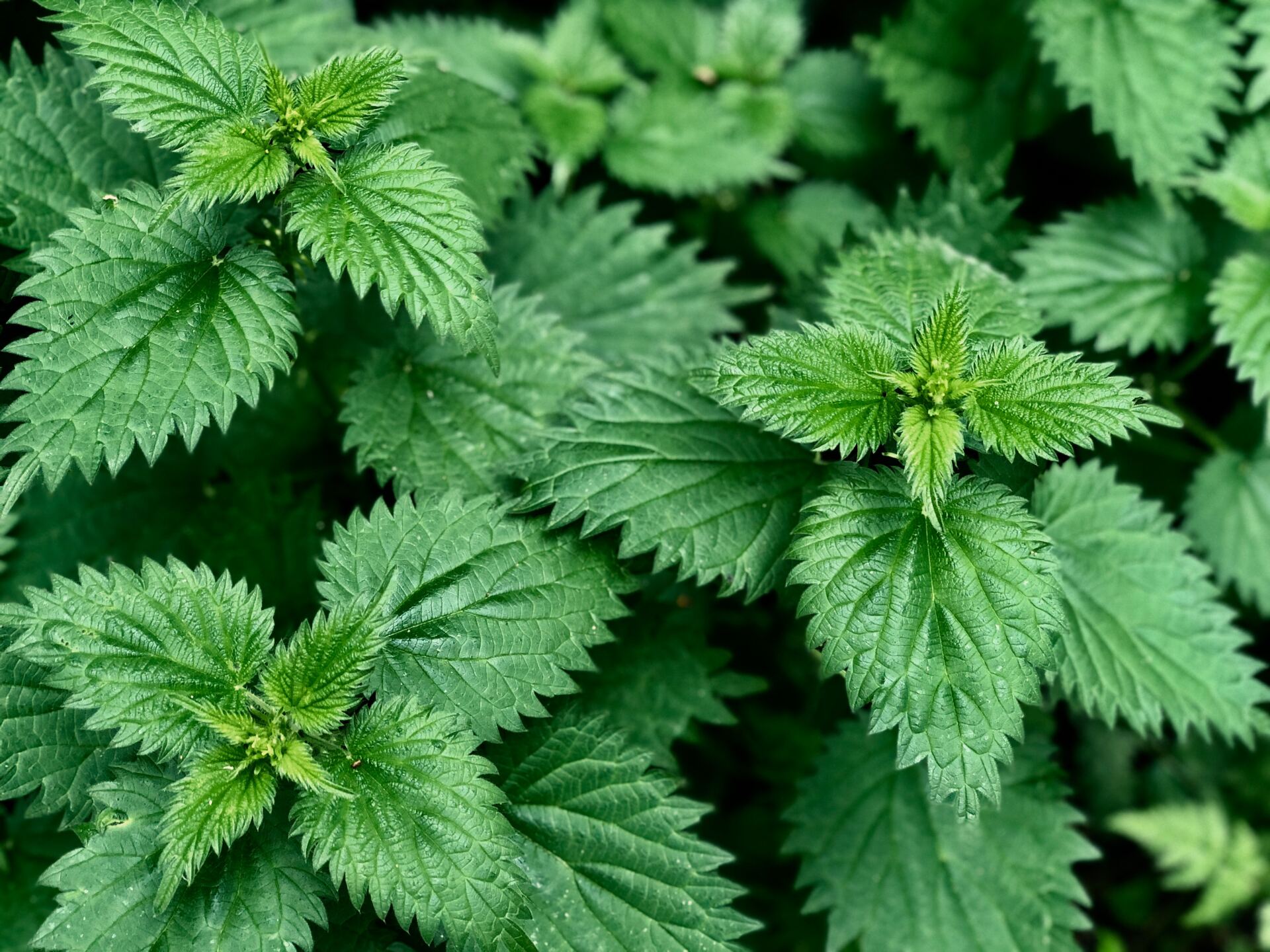



All of us are familiar with pain, but some of us cannot seem to get away from it. Whether due to trauma, arthritis, neurodegenerative disease, or some other condition, chronic pain affects nearly one fifth of the U.S. population. That equates to approximately 50 million people nationwide that are living with day-to-day pain. (CDC, 2018)
It can be challenging to get through each day when your body does not feel up to performing even basic day-to-day tasks. The therapies available to treat chronic pain can be a mixed bag. Physical therapy is one option, which involves moving the body in particular ways to build or stretch particular muscles to help alleviate pain. Additionally, physical therapies like exercise or even yoga, can sometimes help free pinched nerves or loosen up rigid joints. But much of the time, physical therapy is not enough. What can we do then?
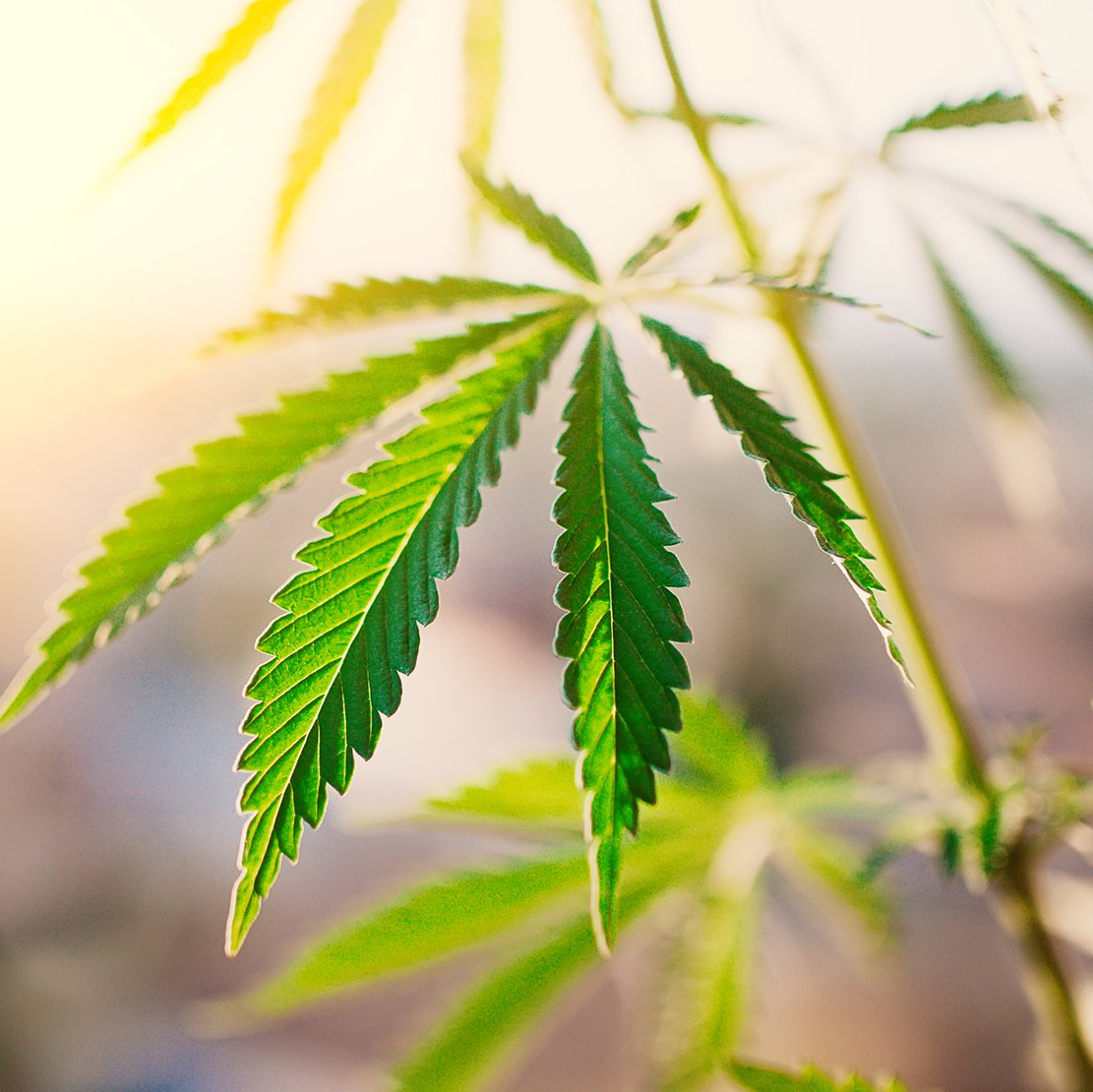
Pharmaceutical interventions for pain include the use of things like pain killers, muscle relaxers, and antidepressants. However, many of these drugs can carry significant side effects and may become addictive. Additionally, continual use of some of these drugs can cause other health problems, such as liver damage.
There are also more invasive techniques to alleviate pain, such as nerve blocks or Botox injections. In severe cases, surgery can sometimes be performed to attempt to fix the source of the pain. But what if these therapies are inadequate and you’re still suffering from pain.
Could products containing CBD be a potential solution?
What is Pain?
Pain is a bit tricky to study scientifically because it is in one sense a subjective experience, and there are different types of pain. When we talk about whether something might be effective in treating pain, it is important to acknowledge what kind of pain we are referring to, whether it be muscle pain, nerve pain, or inflammatory pain, for instance. But even when we are on the same page in regard to the type of pain we may be trying to treat – there is the subjectivity problem. If we measured the brain signaling patterns to try and determine how much pain someone is in, we can be quite wrong. How pain feels and how it appears on brain scans or other medical tests can be discordant.
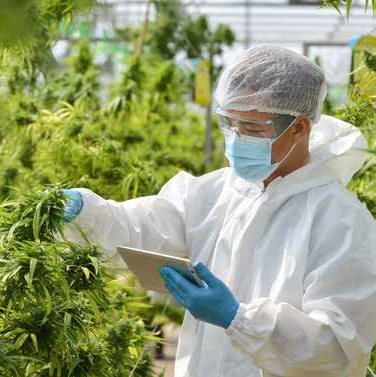
Modulation of Pain Signaling in the Brain
The brain produces several chemicals which influence the activity of neurons – either “exciting” them or “inhibiting” their activity. The compound glutamate is thought of as an “excitatory” neurotransmitter, responsible for encouraging more signaling in the brain, whereas the compound GABA is known as an “inhibitory” neurotransmitter, often associated with rest and calm. By influencing these two compounds in the brain, it can be possible to essentially manipulate the “volume” of neurons in the brain. This can be particularly important for people who experience neuropathic pain, or nerve pain. By essentially telling the brain to signal less and quiet down, the intensity of pain can be turned down. This won’t necessarily make the pain go away, like a pain killer, but it may make the pain more tolerable and less intrusive. The good news is that CBD has exhibited activity on these neurotransmitters, and through a variety of mechanisms, at certain doses CBD may be able to encourage more GABA, and less glutamate – ultimately turning that pain volume down. (Pretzsch, 2019)
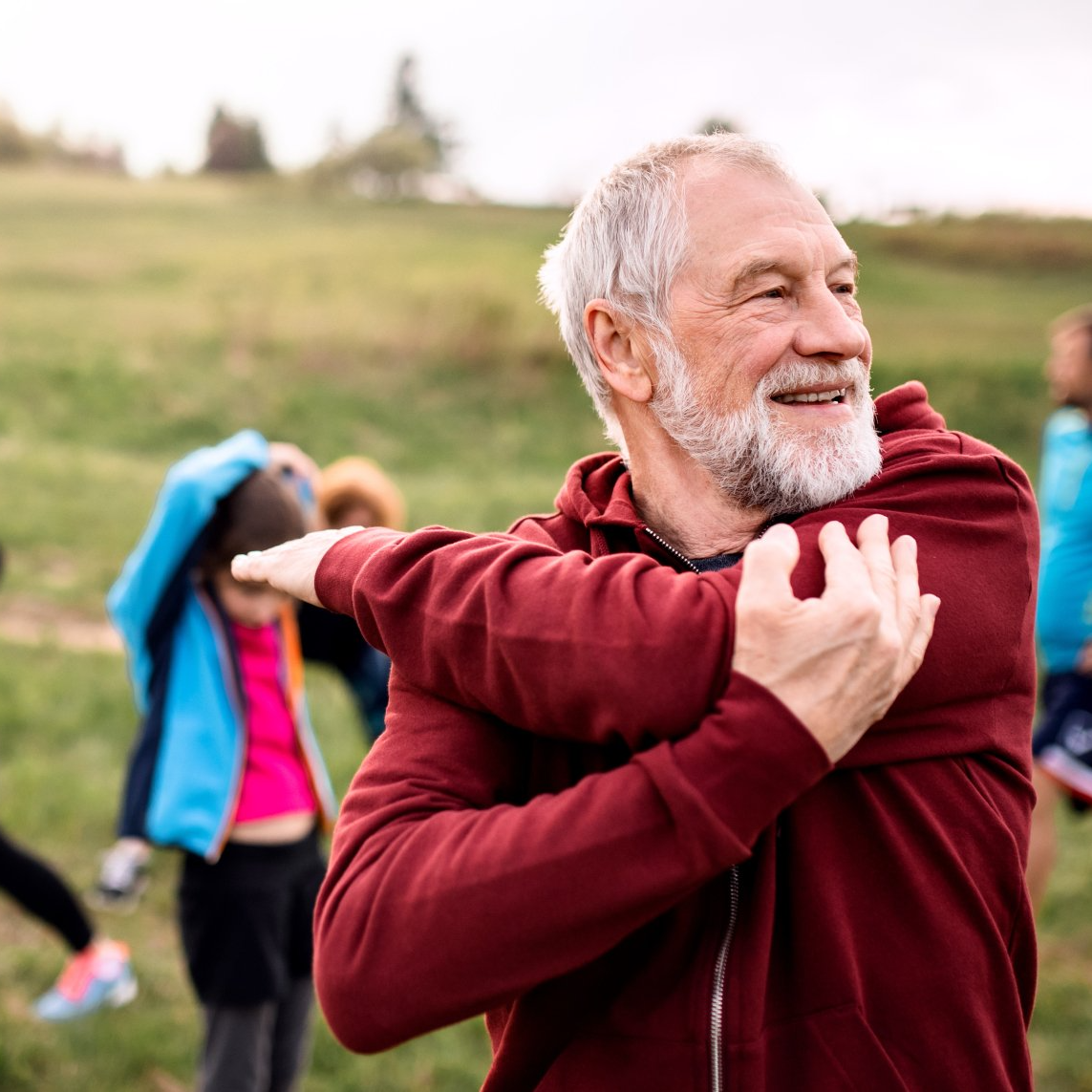
Modulating Inflammation
Cannabinoids are well known as potent anti-inflammatory compounds, and CBD is no exception. While CBD has the potential to reduce the activity of pro-inflammatory signaling compounds in the body, it also directly interacts with different chemical receptors, like the Transient Receptor Potential Vanilloid (TRPV) channels, that are involved in the relationship between inflammation and pain. TRPV receptors often tell your body information about sensations like temperature and pressure – each of which relate to the sensation of pain. As inflammation takes place in the body, the inflammatory response manipulates these kinds of receptors and causes feelings of tight pressure or swelling, heat, and nerve sensations.
Distraction
Pain is often also associated with depression, anxiety and inflammation. All of these things are interconnected, and by affecting one, you may be able to affect the others. When a person is anxious or depressed, they are more likely to feel pain more acutely than if they were happy or calm. CBD has exhibited promise in some human clinical trials as a method for relieving anxiety. (Shannon, 2019) Additionally, if CBD is present alongside THC (the cannabinoid responsible for intoxicating effects), it can be possible to not only relieve anxiety, but to help a person forget. This idea of calming and distracting can be a very effective tool for reducing the perceived intensity of pain.
Gut Health
Another way that CBD and other cannabinoids may influence pain is by affecting the gut microbiome and the expression of cannabinoid receptors in the gut. (Rousseaux, Thuru, Gelot, 2007) In recent years, it has been established that the gut microbiome is connected to the functioning of part of the nervous system responsible for visceral responses. By affecting the health of the gut, we may be able to then affect pain. However, research into this area is still very new, so we will have to wait to see what researchers learn about this fascinating new field of study.
While much of the human clinical research examining CBD’s effects on pain is often a bit clouded with the inclusion of THC, there are numerous rodent studies and other types of research that indicate that CBD may be effective at relieving pain through a variety of mechanisms. CBD may directly alter pain signaling in the brain by “turning down the volume” of the pain. CBD may also reduce inflammation which can relieve the nerves and reduce stress on various parts of the body – ultimately lessening the pain response. Finally, CBD may also be useful in improving one’s mental outlook, which has a direct impact on the subjective experience of pain.
Jason is a science educator and natural products researcher living in Southern Oregon. He is the author of Curious About Cannabis: A Scientific Introduction to a Controversial Plant and is the host of the Curious About Cannabis Podcast. Curious About Cannabis is a learning initiative by Natural Learning Enterprises, a mission-driven company dedicated to enhancing critical thinking skills and scientific literacy about the natural world.
1. Centers for Disease Control and Prevention (CDC): https://www.cdc.gov/mmwr/volumes/67/wr/pdfs/mm6736a2-H.pdf. 2018
2. Boyaji S, et al. The role of cannabidiol (CBD) in chronic pain management: an assessment of current evidence. Current Pain and Headache Reports. 2020. 24:4.
3. Jorge, L. L., Feres, C. C., & Teles, V. E. Topical preparations for pain relief: efficacy and patient adherence. Journal of pain research. 2010. 4, 11–24.
4. Pretzsch CM et al. Effects of cannabidiol on brain excitation and inhibition systems; a randomized placebo-controlled single dose trial during magnetic resonance spectroscopy in adults with and without autism spectrum disorder. Neuropsychopharmacology. 2019. 44: 1398-1405.
5. USPTO US6630507B1; https://patents.google.com/patent/US6630507B1/en
6. How CBD Works by Project CBD: https://www.projectcbd.org/science/how-cbd-works
7. Shannon S et al. Cannabidiol in anxiety and sleep: a large case series. Perm J. 2019. 23:18-041.
8. Rousseaux C, Thuru X, Gelot A, et al. Lactobacillus acidophilus modulates intestinal pain and induces opioid and cannabinoid receptors. Nat Med. 2007 Jan;13(1):35-7.









Please give us a call for today’s deli hours as they can vary due to staffing.
Grab and go options are always available until close.
FEDERAL WAY
Monday-Saturday: 8 am - 8 pm
Sunday: 9 am - 7 pm
Please call for current deli counter service hours. Grab and go options available until closing.
2565 S. Gateway Center Place
Federal Way, WA 98003
TACOMA
Monday-Saturday: 8 am - 8 pm
Sunday: 9 am - 7 pm
Please call for current deli counter service hours. Grab and go options available until closing.
2951 S. 38th Street
Tacoma, WA 98409